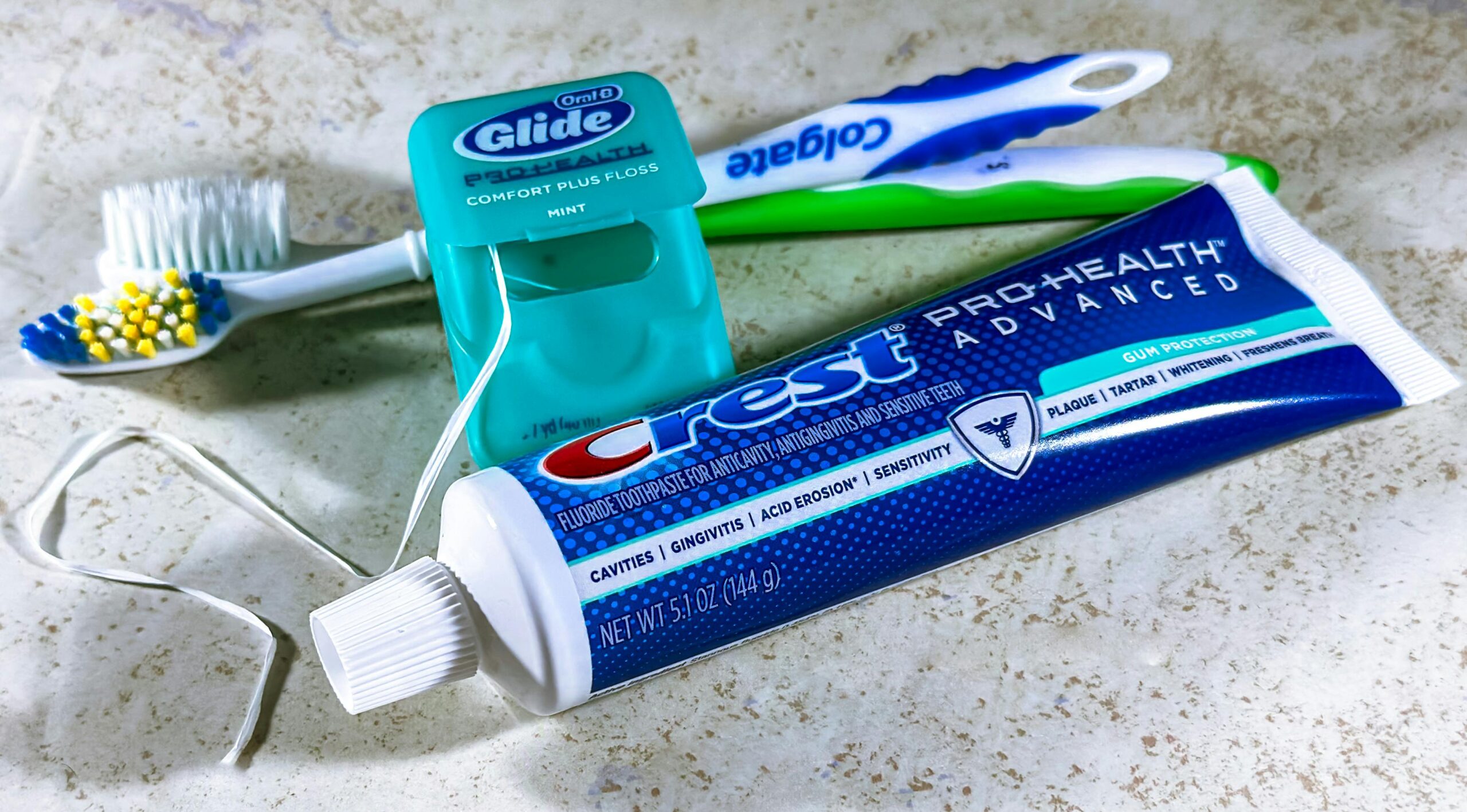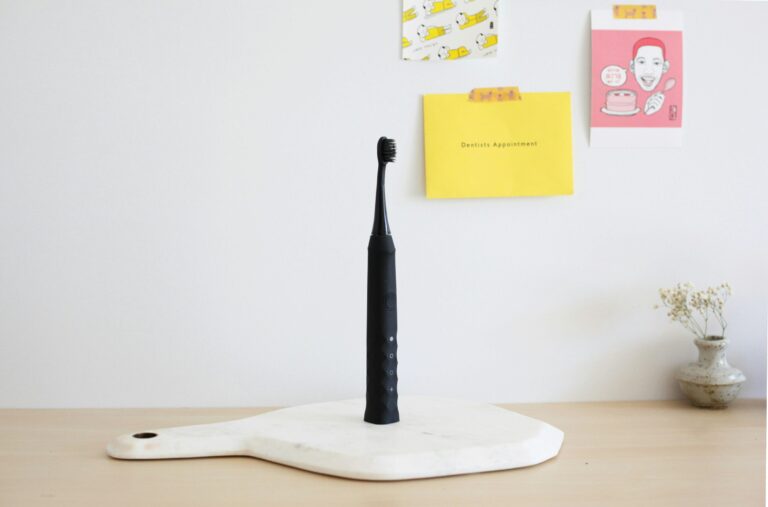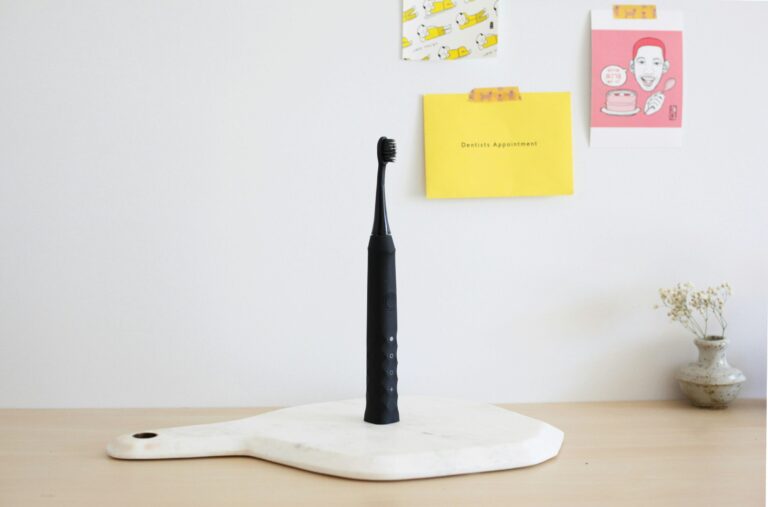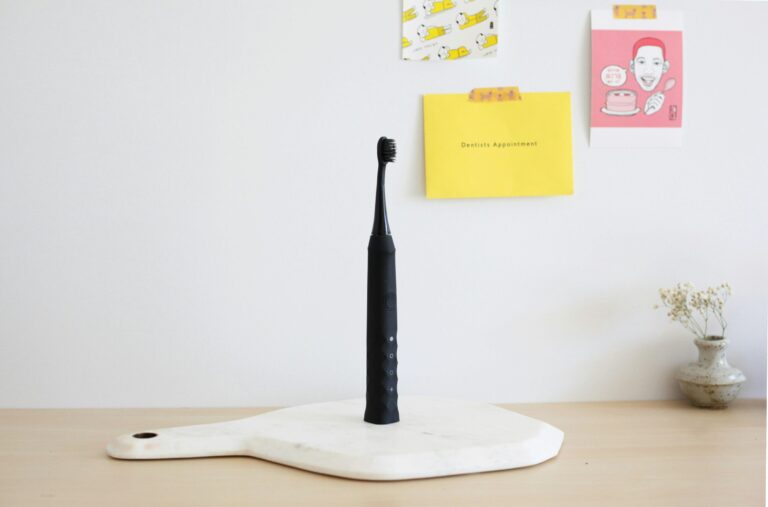A bright, white smile is something many of us strive for, but choosing the right toothbrush and toothpaste for whitening can be overwhelming. With so many products on the market, it’s important to find ones that are effective and safe for your teeth.
In this guide, we’ll break down what to look for in both toothbrushes and toothpaste so you can make informed decisions that will help brighten your smile without damaging your enamel.
I. Choosing the Right Toothbrush for Whitening
Your toothbrush plays a significant role in achieving a whiter smile. The right toothbrush can help remove surface stains and improve your overall oral hygiene. Here’s what to consider:
Bristle Type
Toothbrushes come with various bristle types: soft, medium, and hard. For whitening, soft bristles are generally the best option. They’re gentle on your enamel and gums while still being effective at removing plaque and surface stains. Hard bristles, while they may seem more effective, can wear down enamel and cause gum irritation.
Manual vs. Electric Toothbrush
Both manual and electric toothbrushes can contribute to whitening, but electric toothbrushes often provide superior results. Electric toothbrushes offer consistent pressure and movement, which can remove stains more effectively than manual brushing. Look for electric brushes with whitening modes that oscillate or vibrate to break up stains on the enamel.
Brush Head Size and Shape
A smaller brush head allows for better access to hard-to-reach areas, ensuring that all parts of your teeth are cleaned thoroughly. A round brush head on an electric toothbrush, for instance, can better wrap around each tooth to remove stains. If using a manual toothbrush, opt for a compact brush head to ensure you can clean all areas of your mouth effectively.
Frequency of Replacement
No matter what kind of toothbrush you choose, replacing it regularly is crucial for maintaining its effectiveness. Dentists recommend changing your toothbrush or brush head every 3-4 months, or sooner if the bristles become frayed. A worn-out toothbrush won’t be as effective at removing stains or plaque, which can hinder your whitening efforts.
II. Selecting the Best Toothpaste for Whitening
Toothpaste plays a key role in maintaining the whiteness of your teeth. Whitening toothpastes are formulated to remove surface stains and prevent new ones from forming. Here’s what to look for:
Whitening Ingredients
When it comes to whitening toothpaste, the active ingredients make all the difference. Here are the most common ingredients to look for:
- Hydrogen Peroxide: Known for its bleaching properties, hydrogen peroxide is often found in whitening toothpastes. It helps lighten stains beneath the surface of the enamel, providing more effective whitening.
- Carbamide Peroxide: This is another common whitening agent that breaks down into hydrogen peroxide. It’s effective for gradual whitening over time and is often gentler on sensitive teeth.
- Baking Soda: A mild abrasive, baking soda helps scrub away surface stains without being too harsh on enamel. It also neutralizes acids in the mouth, preventing tooth decay.
- Silica: Silica acts as a gentle abrasive that helps polish teeth and remove surface stains. It’s less abrasive than other agents, making it suitable for daily use.
Sensitivity Protection
If you have sensitive teeth, finding a toothpaste that balances whitening and sensitivity protection is important. Many whitening toothpastes now come with added ingredients like potassium nitrate or strontium chloride to help reduce sensitivity while still offering whitening benefits.
Fluoride Content
Fluoride is essential for strengthening enamel and preventing cavities. While you may be focused on whitening, don’t overlook the importance of fluoride in your toothpaste. Look for a whitening toothpaste that also includes fluoride to maintain overall oral health.
Avoid Harsh Abrasives
Some whitening toothpastes can be too abrasive, causing enamel erosion over time. Abrasive ingredients can remove surface stains but also wear down the protective layer of your teeth. Make sure the toothpaste you choose is labeled as enamel-safe or non-abrasive to avoid long-term damage.
How Often Should You Use Whitening Products?
It’s important to use whitening products as recommended to avoid overuse, which can lead to enamel erosion and sensitivity. Whitening toothpaste can generally be used twice a day, but if you notice increased sensitivity, consider alternating with a regular fluoride toothpaste. Electric toothbrushes with whitening modes can also be used daily, but remember to brush gently to avoid damaging your gums.
Additional Tips for Whitening Your Teeth
Whitening doesn’t just come down to the products you use—it’s also about your daily habits. Here are some tips to help keep your teeth bright and healthy:
- Limit Stain-Causing Foods and Drinks: Coffee, tea, red wine, and dark berries are notorious for staining teeth. Try to limit your consumption or rinse your mouth with water after eating or drinking these.
- Use a Straw: When drinking beverages that can stain your teeth, use a straw to minimize contact with your enamel.
- Rinse After Meals: Rinsing your mouth with water or mouthwash after meals can help prevent stains from forming.
- Avoid Smoking: Smoking is a major cause of yellowing teeth. Quitting not only improves your overall health but can also keep your smile brighter.
- Maintain Regular Dental Cleanings: Professional cleanings help remove plaque and tartar, which can make your teeth look yellow. Dentists can also offer more intensive whitening treatments if needed.
Conclusion
Choosing the right toothbrush and toothpaste for whitening can make a big difference in your smile’s brightness. Look for soft-bristled brushes, consider electric options for more thorough cleaning, and opt for whitening toothpaste with proven ingredients like hydrogen peroxide or baking soda. By combining the right tools with good oral hygiene habits, you can achieve a whiter, healthier smile without compromising your enamel.
FAQs
1. How often should I use whitening toothpaste?
Whitening toothpaste can typically be used twice a day, but if you notice increased sensitivity, alternate it with regular toothpaste.
2. Are electric toothbrushes better for whitening than manual ones?
Electric toothbrushes often provide more consistent pressure and motion, making them more effective at removing stains and maintaining a whiter smile.
3. Is whitening toothpaste safe for sensitive teeth?
Yes, many whitening toothpastes are formulated for sensitive teeth, containing ingredients like potassium nitrate to reduce sensitivity while whitening.
4. How long does it take to see results from whitening toothpaste?
Results vary, but most people begin to notice whiter teeth within 2-4 weeks of using a whitening toothpaste regularly.
5. Can I use a whitening toothbrush head with regular toothpaste?
Yes, using a whitening toothbrush head with regular toothpaste can still improve your oral hygiene and remove some surface stains, though the results may not be as noticeable as with whitening toothpaste.
6. Can too much whitening damage my teeth?
Yes, overusing whitening products can lead to enamel erosion and tooth sensitivity. It’s important to follow the recommended usage instructions for all whitening products.



